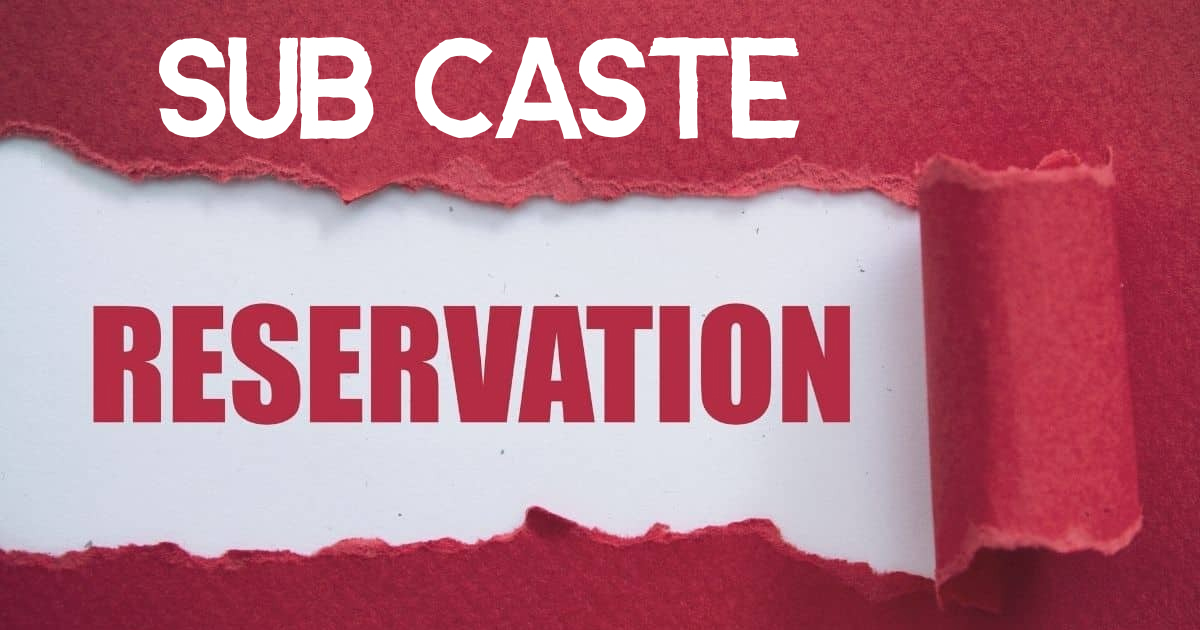
The Supreme Court has reserved its decision on sub-caste reservations for SC/STs.
Problems with Sub-Caste Reservations
- Weak Focus on Asset Creation: Without enhancing capital ownership and educational participation, sub-caste reservations result in a low share of jobs and educational opportunities.
- Example: Scheduled Castes (SCs) make up 18% of the population but own only 8.5% of the land (All-India Debt and Investment Survey).
- Does Not Address Underlying Issues: The under-representation of sub-castes in jobs and educational institutions is mainly due to a lack of capabilities rather than discrimination by other sub-castes.
- Example: Only 13% of the 928 director-level posts in various government departments are held by SC/ST individuals, compared to the 208 mandated by the reservation policy.
- Future Demands: This could lead to demands for sub-caste/tribe reservations within SC/ST/OBC categories.
Way Forward
- Focus on Capability Building: Enhance access to jobs through reservations and education, and improve capital asset ownership.
- Example: The SHRESHTA scheme aims to enhance government development intervention and fill gaps in service-deficient areas dominated by SCs in the education sector.
- Develop Better Criteria: Create inclusive criteria for sub-categorization based on the underlying reasons for backwardness and data on sub-castes.
- Example: The Justice Ramachandra Raju Commission recommended sub-categorizing SCs based on their level of backwardness and representation compared to others.
- Better Coordination of Policies: Integrate reservations in the legislature, public jobs, and educational institutions with measures to improve ownership of capital assets such as land, businesses, and education levels to address both present and historical disadvantages.




